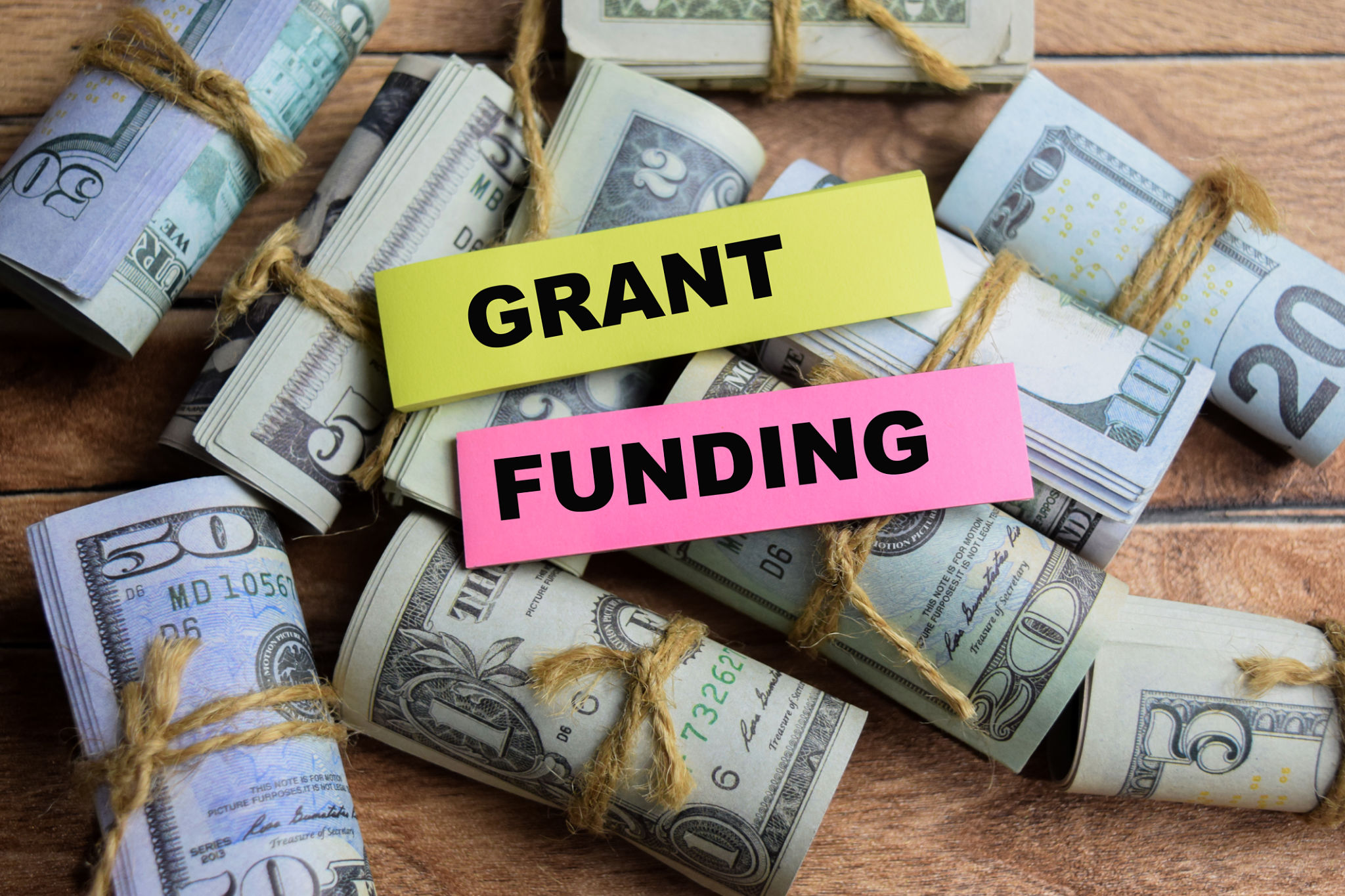How to Develop a Business Strategy That Secures Grant Funding
Understanding the Importance of a Business Strategy for Grant Funding
Securing grant funding is a competitive process that requires a well-thought-out business strategy. Businesses seeking grants must demonstrate not only the merit of their projects but also their capacity for success. A comprehensive business strategy serves as a roadmap, guiding your organization toward its goals and showcasing its potential to funders.
By developing a robust business strategy, you communicate your vision, mission, and objectives clearly. This clarity is crucial for grant applications, as it helps funding bodies understand how their support will be utilized effectively. In essence, your business strategy is a persuasive tool that can significantly enhance your chances of securing the funding you need.

Conducting a Thorough Needs Assessment
The first step in developing a business strategy for grant funding is conducting a thorough needs assessment. This involves identifying the specific needs of your organization and understanding how these needs align with potential funding opportunities. A needs assessment provides insight into the resources required, the challenges faced, and the potential impact of your project.
During this process, it is essential to gather data and evidence that support your case. This data can include market research, stakeholder feedback, and performance metrics. By presenting a well-researched needs assessment, you demonstrate to funders that your organization is proactive and understands the landscape in which it operates.
Defining Clear Goals and Objectives
Once you have completed your needs assessment, the next step is to define clear and measurable goals and objectives. These goals should be aligned with your organization's mission and the expectations of potential funders. Clear goals provide direction and enable you to measure progress effectively.
When setting goals, consider using the SMART criteria (Specific, Measurable, Achievable, Relevant, Time-bound). This approach ensures that your objectives are realistic and attainable within the given timeframe. Funders are more likely to support projects with well-defined goals that demonstrate potential for meaningful impact.

Developing a Comprehensive Action Plan
With goals and objectives in place, it's time to develop a comprehensive action plan. This plan outlines the specific steps your organization will take to achieve its goals. It should include timelines, responsibilities, and resources needed for each action item.
An effective action plan not only guides your organization internally but also provides funders with confidence in your ability to execute the proposed project. Be sure to highlight any collaborations or partnerships that will strengthen your proposal, as these can be critical factors in securing grant funding.
Building a Strong Financial Strategy
A strong financial strategy is integral to your business strategy. It demonstrates your organization's fiscal responsibility and ability to manage funds efficiently. Your financial plan should include detailed budget projections, revenue streams, and potential risks.
Ensure that your budget aligns with your project's goals and clearly communicates how the grant funds will be used. Transparency in financial planning builds trust with funders and increases the likelihood of receiving support.

Cultivating Relationships with Funders
Building and maintaining relationships with potential funders is an essential part of securing grant funding. Networking with funding organizations, attending industry events, and engaging with stakeholders can open doors to valuable opportunities.
Establishing a rapport with funders allows you to gain insights into their priorities and tailor your proposals accordingly. Regular communication and expressing appreciation for any support received can also help strengthen these relationships over time.
Crafting a Compelling Grant Proposal
Your grant proposal is the culmination of your business strategy efforts. It should be compelling, concise, and tailored to each specific funding opportunity. Ensure that your proposal clearly articulates your project's value proposition and aligns with the funder's mission.
Include all necessary components, such as an executive summary, project description, budget breakdown, and evaluation plan. Review the proposal for clarity and coherence before submission, as well-polished applications are more likely to stand out in the competitive grant landscape.

Continuously Evaluating and Adapting Your Strategy
The final step in developing a business strategy for grant funding is continuous evaluation and adaptation. Regularly review your strategy's effectiveness and make necessary adjustments based on feedback and changing circumstances.
This ongoing process ensures that your organization remains agile and responsive to new opportunities. By adapting your strategy as needed, you can maintain momentum in securing grant funding and achieve long-term success.